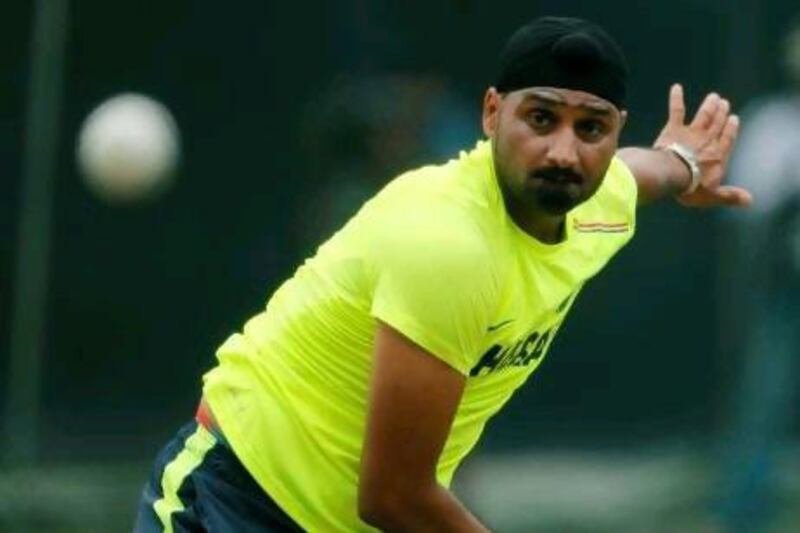Sometimes it makes sense to strip this very complicated game down to bare equations and never more so than when India and Australia take to the field.
Cricket's most overheated rivalry of the last decade has been about all manner of things, least of all sometimes the cricket.
In that time they have not played cricket as much as they have battled for control of the game's fluctuating order, for race, for cultures, for ideology, for off-field muscle.
In the case of this tournament, wrung apart by rain, poor scheduling and a fairly limp first stage, these broader leitmotifs probably could not have arrived any sooner.
The World Twenty20 needs a little heat. It needs some friction, players getting heated, face to face, throwing in a little sledge here, a little nudge there, a pointed finger, bouncers being hurled, proper full-throated send-offs to victims; it needs, in short, precisely the kind of high-voltage clash India and Australia have provided this millennium.
But at some point in the build-up to this game in Group 2, it will be worth breaking down what this contest essentially boils down to; that is, Australia's pace and India's spin. On the field, upon these two very different swords will the game fall.
Even here it is not as simple as acknowledging that India have struggled against very fast, short-pitched bowling: who has not incidentally?
"The short ball is as much trouble to us as it is to anyone else," MS Dhoni, India's captain, pointed out. "Each and every batsman we have seen has got out to the short ball."
In their last group game against England, in fact, they managed pretty well.
"Most of the players who are part of the side have played a decent amount of ODIs, T20s and Tests which means they have got more exposure and they know what to do," Dhoni said.
No, this is about recognising that Mitchell Starc and Pat Cummins are talented and that they are backed up by Shane Watson, who is in body a fast-medium bowler but in mind, a wily spinner.
And Australia have stuttered against spin too, but as they showed in the UAE, not necessarily with dire consequences. They might even be getting better against it.
But the variety of spinning options Indian can - and might - call upon is startling.
Ravichandran Ashwin, Harbhajan Singh if he plays (and against Australia his personality more than his bowling is often enough), Yuvraj Singh, maybe even Piyush Chawla.
Asked predictably if Harbhajan would pose the biggest threat, Australia's captain George Bailey acknowledged this depth.
"The thing we have spoken about is not to focus on just one player. We can't focus on any one of the Indian bowlers," he said.
"They are all great bowlers. Yes, Harbhajan has picked up wickets the other night but if we focus on him too much then we may not focus enough on Ashwin."
Traditional weakness or not, this will be a stern challenge. In all this simplification it is tempting also to see this game as one between a country that has fully embraced this format and another that is still gingerly shaking hands with it.
India's national side has not convinced on the world stage since their 2007 triumph, but can it be doubted that the format, born English, has grown up Indian?
Australia's indifferent performances on the field, on the other hand, seem like the only logical result of the reluctance of their country's cricketing infrastructure to dive into the format. That is changing, but it has not yet.
Which leaves us not bothered with predicting a victor as much as hoping that these two sides needle each other enough to warm up what has been thus far a cold, damp tournament.
osamiuddin@thenational.ae
Follow us
[ @SprtNationalUAE ]





